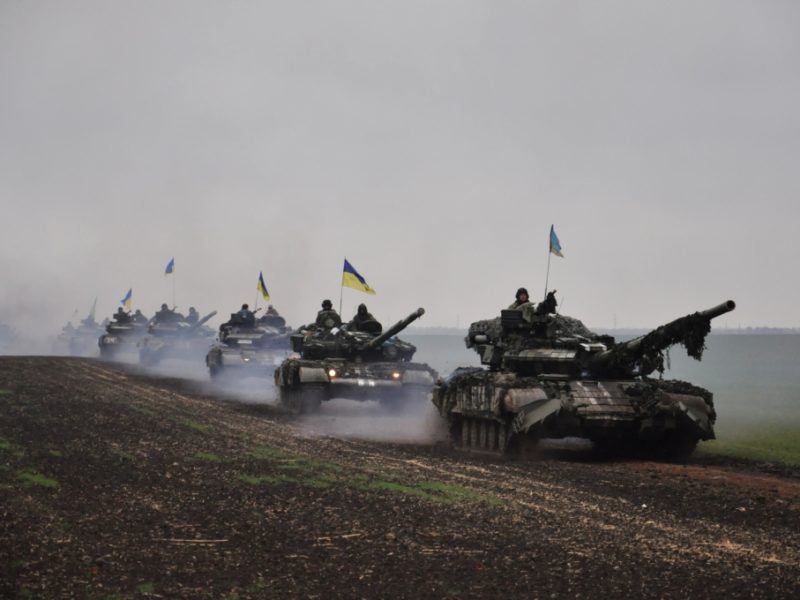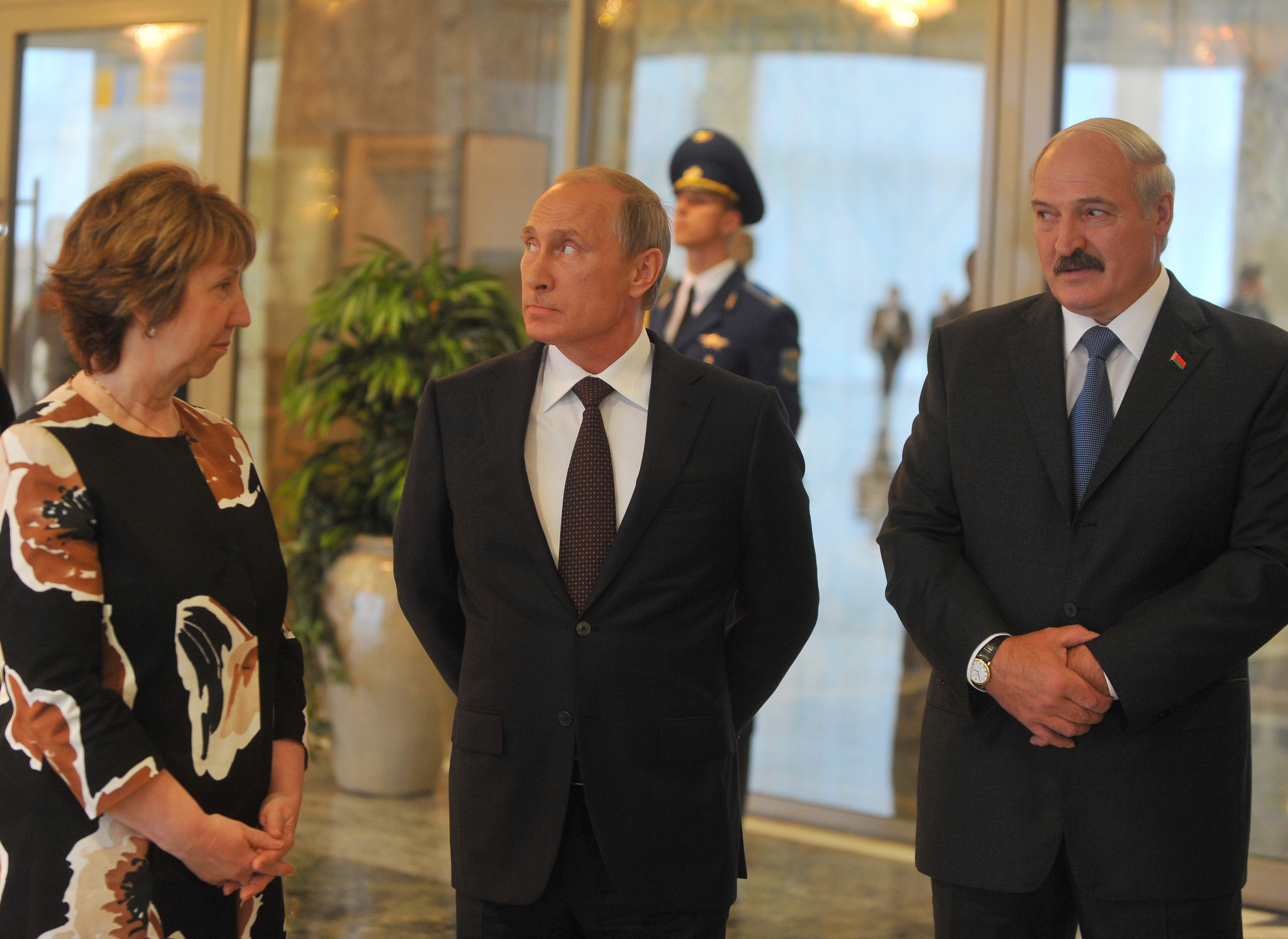Guest post by Brian Blankenship
As concerns that Russia might try to seize additional territory from Ukraine have mounted in recent weeks, policymakers in the United States and NATO have considered how best to shore up the alliance and discourage a Russian offensive. These efforts are hardly new. Since Russia’s annexation of Crimea in 2014, the NATO alliance has attempted to dissuade Russia from further attempts to encroach on the territory of neighboring countries. These attempts have included the creation of a “Very High Readiness Joint Task Force” capable of deploying to crisis areas within 72 hours, as well as the “Enhanced Forward Presence” consisting of four multinational battalions stationed in Estonia, Latvia, Lithuania, and Poland on a rotational basis. Additionally, NATO members have conducted a variety of military exercises with members around the alliance’s eastern flank, as well as some with Ukraine itself.
How effective are these exercises likely to be in deterring Russia? Based on new research published in The Journal of Conflict Resolution, one should be cautious in expecting too much from these exercises. Our findings suggest that military exercises deter adversaries when they are conducted within the context of an alliance, but are less effective when conducted by countries that are not allies. The reason for this is that although military exercises can bolster participants’ ability to fight together, the political signal they send is ambiguous, since interstate military exercises are quite common and frequently occur between countries with very little prospect of waging war in a coalition. Having an alliance clarifies the strategic context in which these exercises occur, allowing them to bolster the signal of commitment already implied by the alliance.
What does this mean in the context of NATO, Russia, and Ukraine today? First of all, NATO exercises with Ukraine may be of limited value to deter Russia from further encroachments on Ukrainian territory. While these exercises may improve Ukraine’s and NATO’s ability to fight together, they do not send a powerful political signal of NATO’s willingness to intervene on Ukraine’s behalf. However, exercises among NATO members have a good chance of contributing to deterring an attack on exposed members like Estonia, Latvia, and Lithuania.
Other scholarship on extended deterrence suggests that exercises might contribute to deterring Russia if used in tandem with other signals of support. A long line of scholarship, for example, suggests that foreign troop deployments are a powerful means of signaling support for partner countries, both because they can act as a “tripwire” that triggers a larger intervention and because they can contribute to the first line of defense—though recent scholarship suggests that the size of the deployment matters, and that small tripwire forces may not be enough. Other scholarship similarly points to the deterrent value of diplomatic visits, statements of reassurance, and alliance treaties.
NATO members enjoy the security guarantee offered by the North Atlantic Treaty’s Article 5—which pledges that an attack on one member should be treated as an attack on them all—and most routinely receive diplomatic visits and statements of support from sitting US officials. Perhaps most notably, many of NATO’s exposed members, including the Baltic states and Poland, host rotational deployments of NATO forces thanks to the alliance’s Enhanced Forward Presence program, to say nothing of allies like Germany, Italy, and the United Kingdom which host tens of thousands of US servicemembers. However, the same cannot be said for Ukraine, as it is not a NATO member and President Biden has previously indicated that the United States would not deploy US forces to defend Ukraine.
The one signal that would make NATO exercises most effective—allowing Ukraine into NATO—is very likely off the table for a variety of reasons. One is the alliance’s seeming unwillingness to fight on Ukraine’s behalf, as a number of NATO members, including France and Germany, have long been skeptical of including Ukraine in the alliance. Another is the fear of further provoking Russia, which might attempt to preempt Ukrainian membership through force.
Looking ahead, the evidence to date suggests that NATO is contemplating further increases in its military presence in the eastern flank in the face of a sizeable Russian buildup of more than 100,000 forces around Ukraine. These include the deployments of additional forces to Eastern Europe. Ultimately, though, this would not necessarily improve the outlook for Ukraine, as military exercises with it are unlikely to deter Russia on their own, and NATO members have demonstrated little interest in deploying their own forces to the country.
Brian Blankenship is an Assistant Professor of Political Science, University of Miami.







